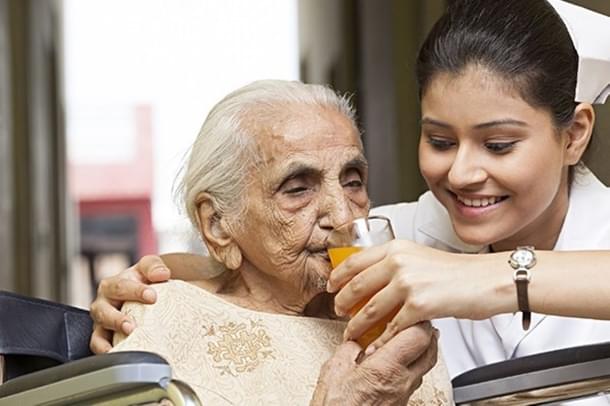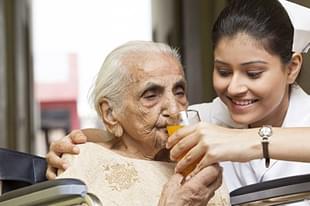Health
India's Per Capita Spending On Health Nearly Doubles In Five Years, Reaching Rs 2,014 In 2019-20 From Rs 1,108 In 2014-15
Swarajya Staff
Apr 26, 2023, 03:49 PM | Updated 03:49 PM IST
Save & read from anywhere!
Bookmark stories for easy access on any device or the Swarajya app.


The National Health Accounts Estimates 2019-20 revealed that individuals' 'out-of-pocket' health expenditure has decreased, while the government's proportion of total health expenditure has increased consistently.
Between 2014-15 and 2019-20, government health expenditure grew from 29 per cent to 41.4 per cent of the total health expenditure. During the same period, the share of 'out-of-pocket' expenses decreased from 62.6 per cent to 47.1 per cent, with small fluctuations in 2017-18 and 2018-19.
In the last five years, the government's health expenditure increased from 1.13 per cent to 1.35 per cent of the GDP. The government is aiming to increase it to 2.5 per cent by 2025.
Dr VK Paul, NITI Aayog member (Health), remains positive about achieving this target. “The trend is clear. There is an increase in healthcare spending by the government, both by the Centre and state governments,” he said, reported The Indian Express.
Healthcare spending per person doubled from Rs 1,108 to Rs 2,014 from 2014-15 to 2019-20, according to Union Health Secretary Rajesh Bhushan.
Bhushan also pointed out other key findings. He said: “A majority of the government spend is concentrated on the primary care centres — investment in the primary sector increased from 51 per cent of the total government spend on health in 2014-15 to 56 per cent in 2019-20.
"Expenditure on social security schemes has increased from 5.7 per cent to 9.3 per cent in this period.”
Primary care received 55.9 per cent of the government's health spending for 2019-20, while secondary care received 29.6 per cent and tertiary care received 6.4 per cent, as per the report.
The outlay for social security covers the expenses of the state and central governments to pay for premiums for health assurance insurance schemes like RSBY and PM-JAY.
Although it accounts for 9.3 per cent in the current report, it has seen a decline from 9.6 per cent in 2018-19. Despite this, there has been an increase in the allocation of funds for private health insurance which has risen to 7.2 per cent of the overall health expenditure, compared to the previous 6.6 per cent.
Dr Paul considers this an encouraging trend as it shows that people are acknowledging health insurance as a viable method for securing their health.





